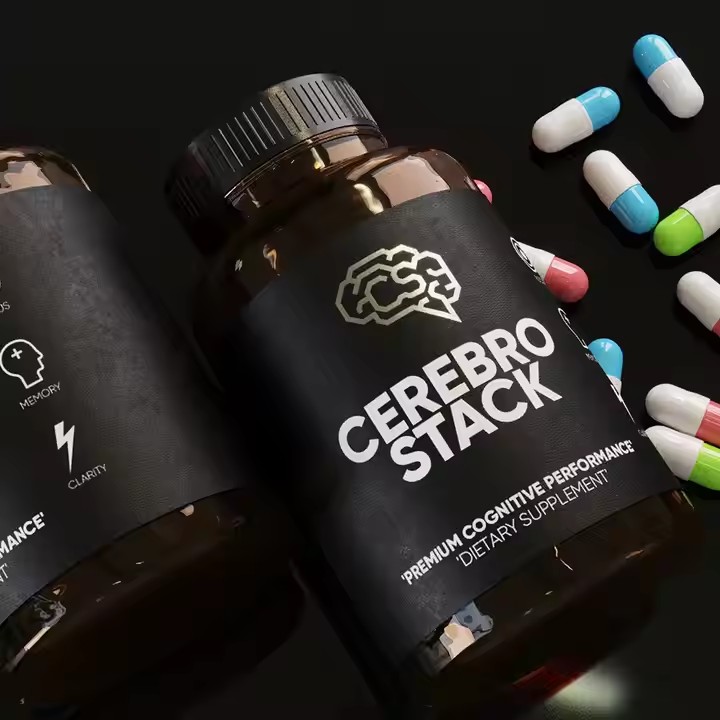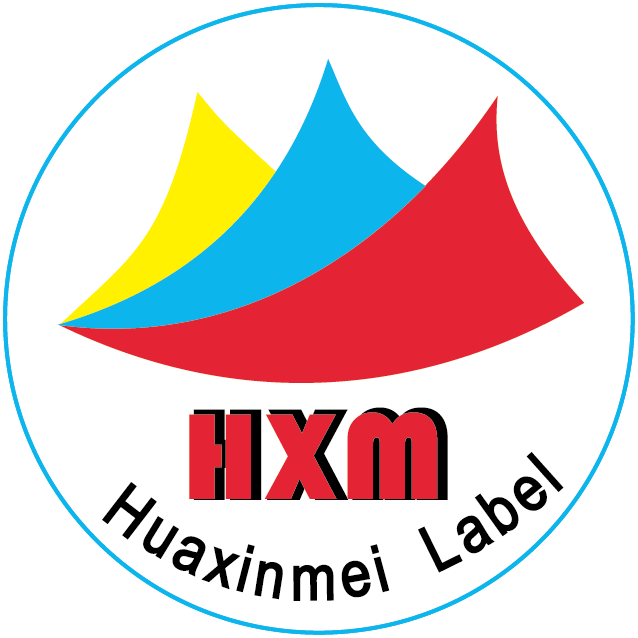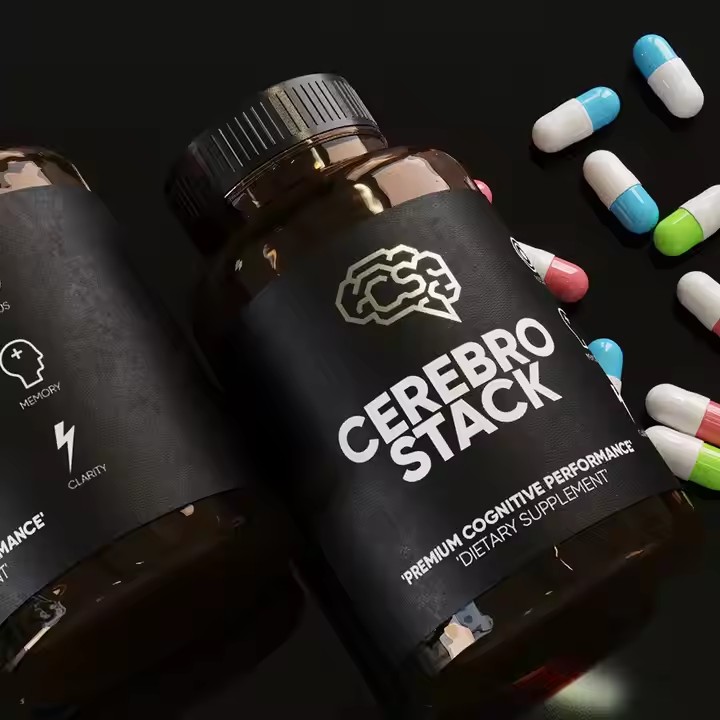- Common Types of Sticker Adhesives and Their Features
Acrylic Adhesive
What it is:
Made from acrylic resin. It has strong long-term stickiness, resists weather, high temperatures (some over 100°C), and UV rays. It doesn’t turn yellow or break down easily.
Best for:
Outdoor use (car stickers, signs, ads)
Smooth surfaces (metal, glass, plastic, ceramic)
High-heat areas (kitchen labels, appliances like ovens)
Pros: Lasts a long time, resists water and oil.
Cons: Needs a few seconds of pressure to stick well. May leave glue marks (can be avoided by choosing low-residue types).
Rubber-Based Adhesive
What it is:
Made from natural or synthetic rubber. Very sticky right away and flexible, but not good with heat or outdoor conditions.
Best for:
Temporary use (sale labels, shipping labels, event posters)
Soft surfaces (fabric, leather, foam)

Hard-to-stick plastics like PP and PE
Pros: Sticks fast, good for uneven surfaces, easy to remove without damage.
Cons: Can age quickly, becomes brittle over time, and may leak in heat.
Silicone Adhesive
What it is:
Made from silicone rubber. Can handle very high or low temperatures, resists water and chemicals, and is non-toxic (safe for food contact).
Best for:
Harsh environments (machines, electronics, car engine parts)
Medical and food use (medicine and food labels)
Wet areas (bathroom labels, waterproof tags)
Pros: Safe, reusable (some types), very stable.
Cons: More expensive, may need extra primer to stick well.
Vinyl Adhesive
What it is:
Made from vinyl resin. Medium stickiness, resists wear and chemicals, good for slightly curved surfaces.
Best for:
Indoor decoration (wall or furniture stickers)
Everyday items (cosmetics, stationery, toys)
Pros: Cheap, easy to shape and color.
Cons: Not great for outdoor use—may fade or peel.
Removable Adhesive
What it is:
A softer type of acrylic or rubber glue. It sticks lightly and can be removed without leaving a mark.
Best for:
Temporary displays (shop windows, event stickers)
Easy-to-damage surfaces (glass, paper, painted furniture)
Pros: Can be used many times, protects surfaces.
Cons: Doesn’t last long (a few weeks or months).
- How to Choose the Right Adhesive
Based on Surface Type
Smooth & hard: Use acrylic or silicone glue.
Soft or porous: Rubber or vinyl glue works better.
Hard-to-stick materials: Use special acrylic glue or primer.
Based on Environment
High heat (kitchen, machines): Use silicone or heat-resistant acrylic.
Cold places (freezers): Use cold-proof acrylic or silicone glue.
Wet areas: Acrylic or silicone glue resists water.

Sunlight: Acrylic glue resists UV rays and doesn’t turn yellow.
Based on Usage Time
Permanent: Use acrylic or silicone glue.
Temporary/removable: Use removable glue or low-stick rubber glue.
Based on Safety
Food contact: Use silicone or food-safe acrylic (FDA approved).
Kids’ items: Use non-toxic, water-based acrylic.
Medical use: Use silicone or acrylic glue that meets medical safety standards.
- Common Issues and Fixes
How to remove glue marks?
Small marks: Use alcohol, essential balm, or glue remover.
Big areas: Use removable glue or low-residue acrylic like 3M 467MP.
Does glue change in different seasons?
Winter: Rubber glue may get hard. Warm it up before use.
Summer: Rubber glue may melt. Use acrylic glue instead.


